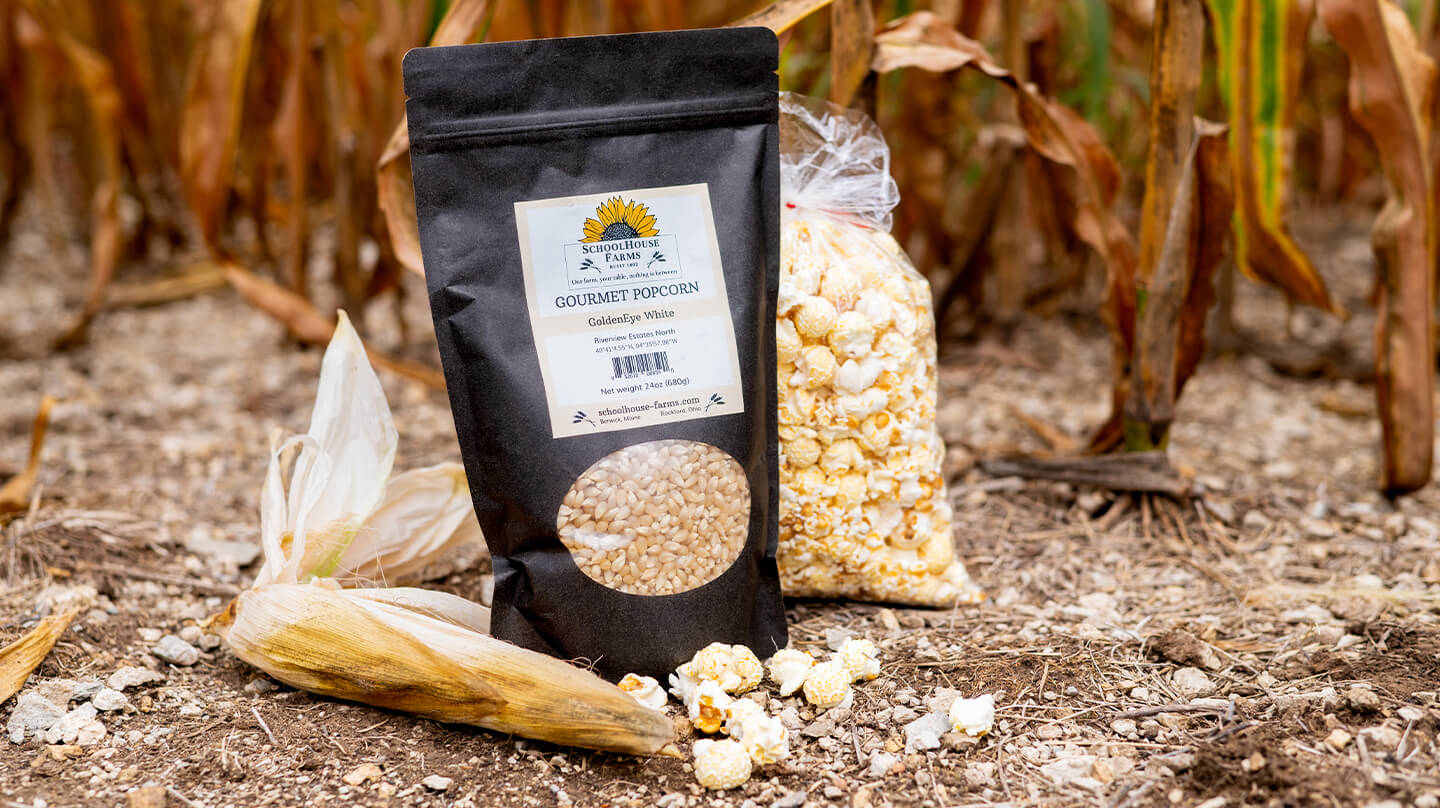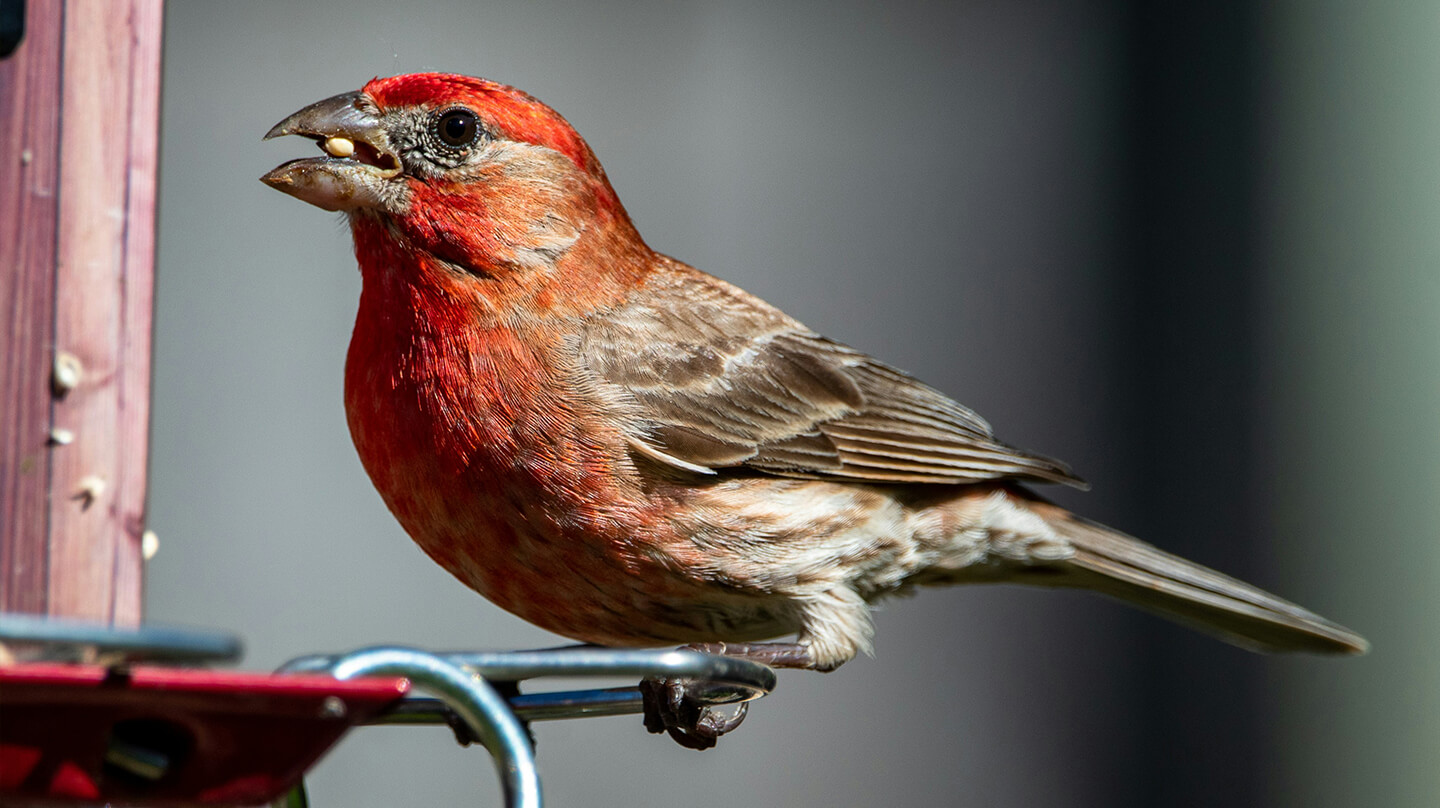Blog

History of Heirloom Corn at Schoolhouse Farms
We first got serious about heirloom corn when working with our distillation partner in York, Maine.

Health Benefits of Popcorn
While waiting for spring planting I decided to do some research on the health benefits of popcorn – in particular, really good popcorn!

The Birding Farmer: Growing Birdseed
I’ve been fascinated by birds since I was a young boy, and my very first 4-H project was on Ohio birds. I drew a specimen of each new bird we came across on early Saturday morning bird walks.